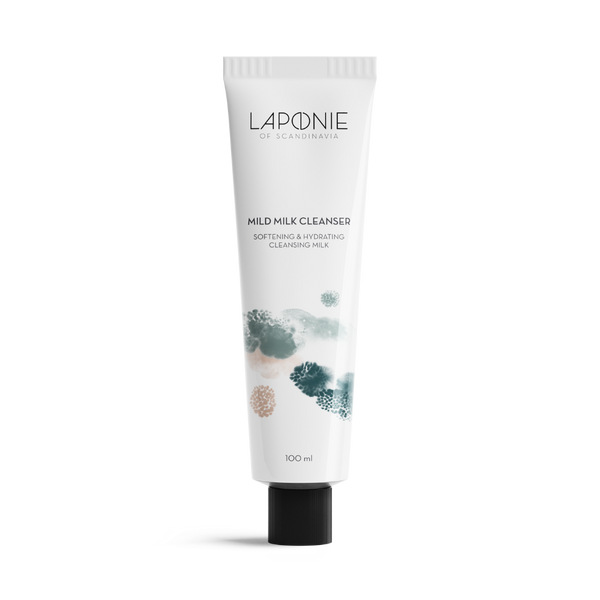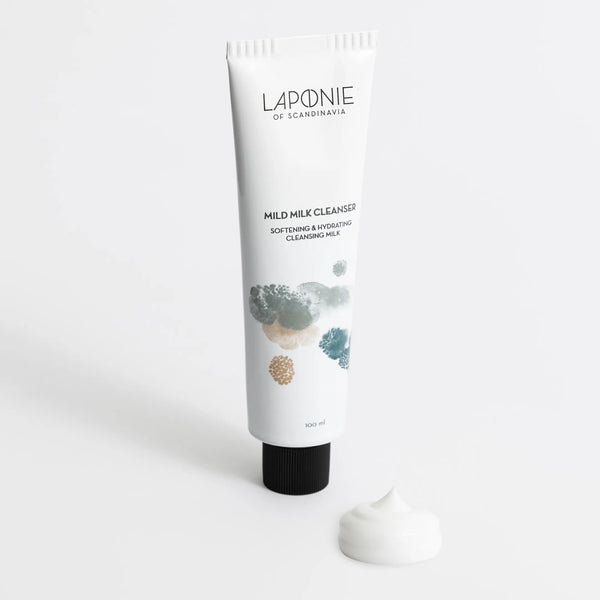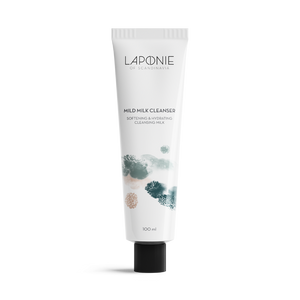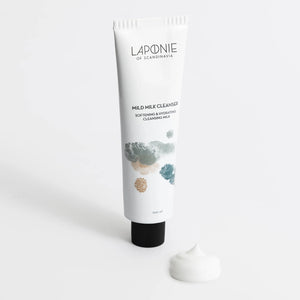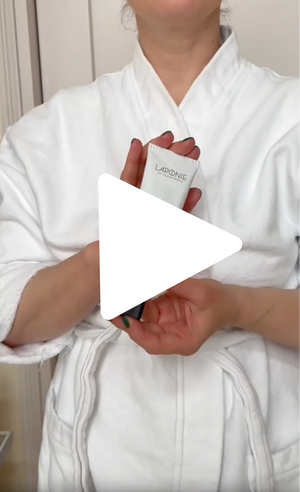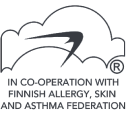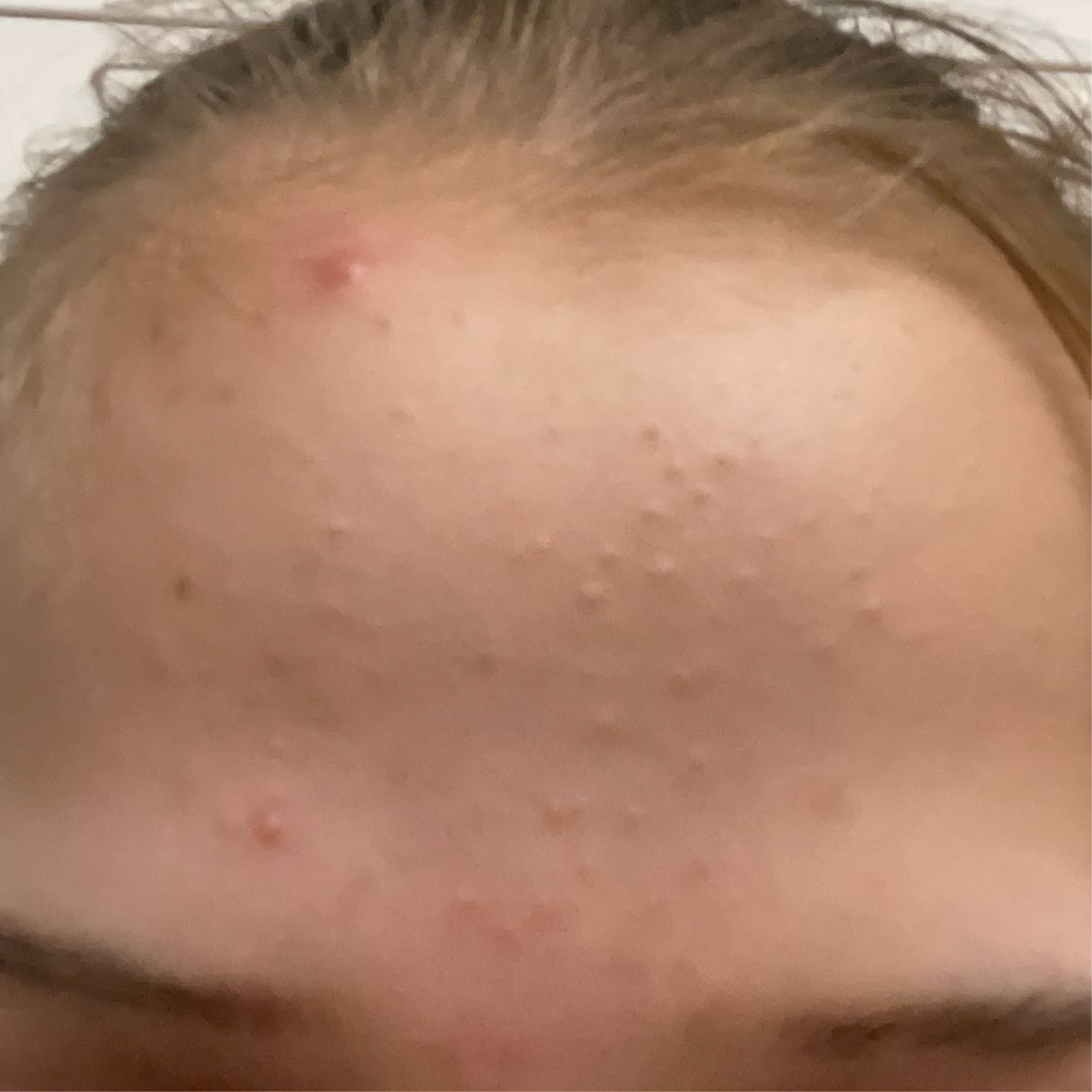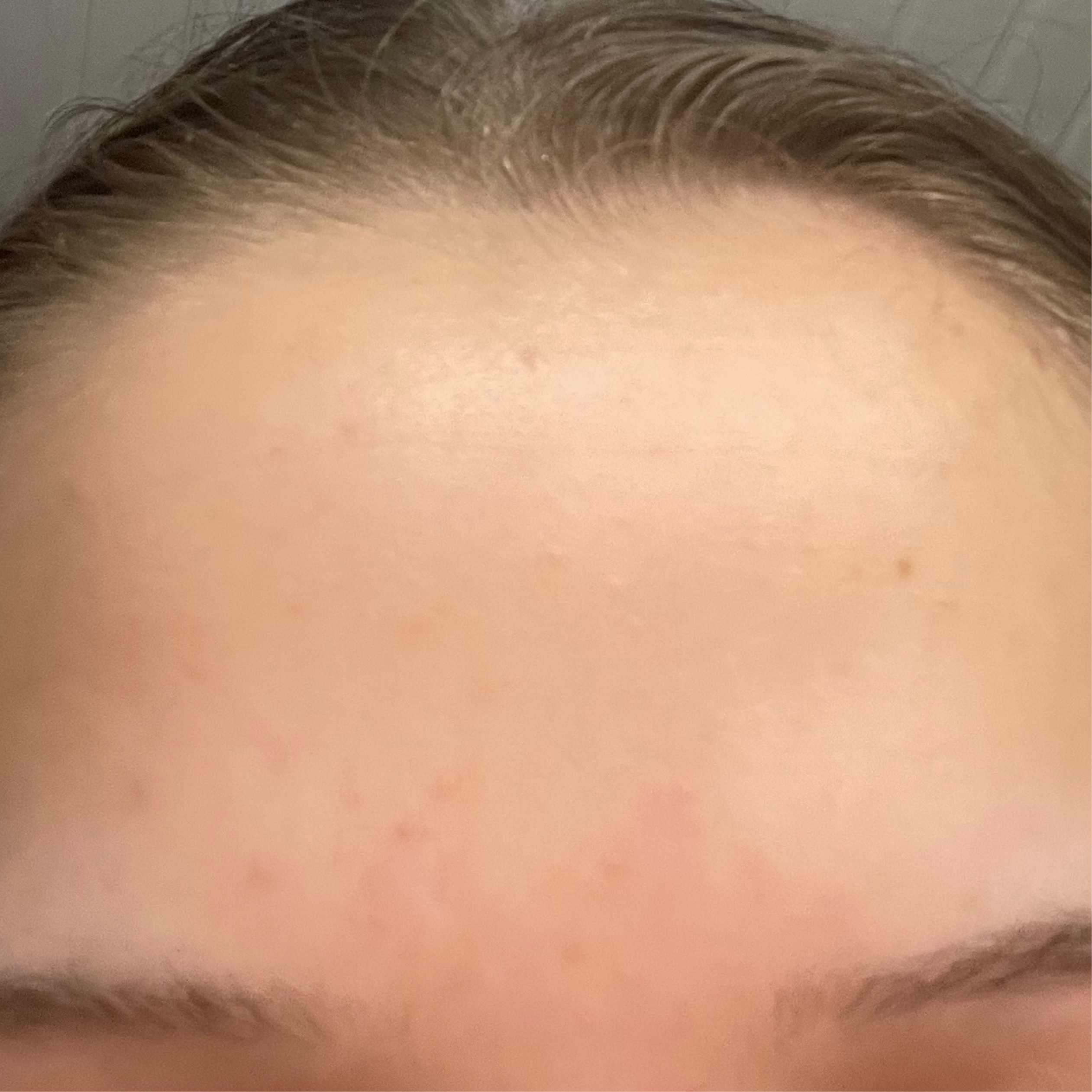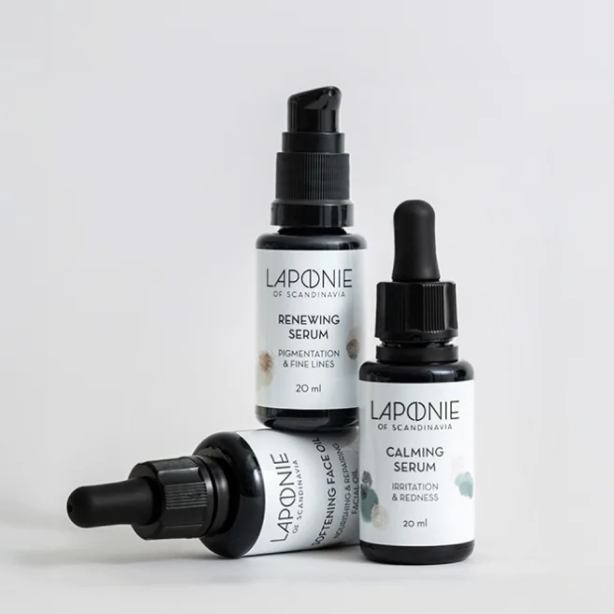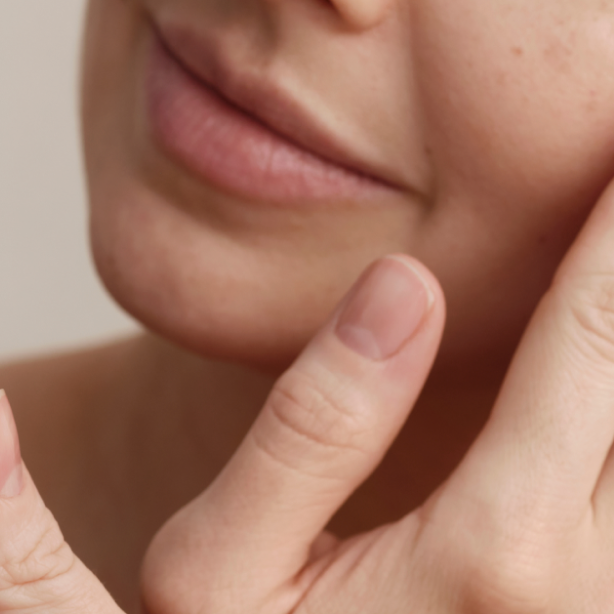
Mild Milk Cleanser
- Our go-to cleanser for the most sensitive and reactive skin. Can be used without water.
- Skin type/concern: combination, dehydrated, irritated, rosacea and POD when skin is more dry.
- Formulated for sensitive and problem skin without added fragrance and SLS. Allergy-labelled.
-
Free sample with all orders.
-
Delivery: Finland 1-4 business days & rest of EU 2-7 business days.
-
Free shipping: Finland orders over 38€ & rest of EU 58€.
The Mild Milk Cleanser is a light-weight cleansing emulsion that washes off excess oil, daily impurities and makeup without upsetting sensitive or reactive skin. Swedish cosmetic-grade canola oil in combination with a mild plant-based surfactant cleanse skin effectively yet gently, leaving skin clean but never tight or dry. Plant-based glycerin and xylitol hydrate and support a healthy skin barrier.
Our Mild Milk Cleanser has become a trusted favourite for our most sensitive-skinned customers, helping to soothe and prevent irritation, while keeping skin fresh, hydrated and soft.
Aqua, Canola Oil, Glycerin, Polyglyceryl-3 Dicitrates/Stearate, Sodium Levulinate, Cetyl Alcohol, Sodium Anisate, Xylitol, Xanthan Gum, Citric Acid
Aqua
Solvent. Water. The main vehicle for our water based products
Canola Oil
Emollient and skin conditioning. Sustainably produced, deodorized and purified Swedish canola oil (from rapeseed oil) gently dissolves makeup and dirt. Canola oil is commonly used in cosmetics and is well-tolerated, skin wise. It is slightly higher in oleic acid (at around 60%), with linoleic and alpha-linolenic acids at a total of just over 30%, making it a good all-around oil for most, and especially for drier and eczema prone skins.
Glycerin
Humectant and skin protecting. Technically a sugar alcohol, glycerin is one of the oldest, most common and most versatile humectants used in cosmetics. It moisturises and protects the skin, accelerates skin barrier recovery and has antimicrobial properties, among other things. For our Cream we use vegetable, rapeseed-derived glycerin.
Polyglyceryl-3 Dicitrates/Stearate
Emulsifying and surfactant. An emulsifier, put simply, enables the mixing of water and oil into an emulsion. This particular one is gentle on the skin, non-ionic, based on glycerin, stearic acid and citric acid, and is made from rapeseed and RSPO certified palm oils.
Sodium Levulinate
Skin conditioning and preservative. Sodium levulinate is the sodium salt of levulinic acid, which is an organic acid derived from in this case sugarcane.
Cetyl Alcohol
Thickening and emulsion stabilising. A fatty alcohol made from RSPO certified palm oil. Please note that like sugar alcohols, e.g. glycerin or xylitol, fatty alcohols are not the same as denatured alcohol (ethanol); both sugar alcohols and fatty alcohols have moisturising and conditioning properties, whereas denatured alcohol has a completely different function in skincare products (and can be drying on skin).
Sodium Anisate
Antimicrobial, flavouring agent and preservative. The salt form of star anis derived organic acid. The other half of our preservation system.
Xylitol
Humectant and skin conditioning. Xylitol is a sugar alcohol and moisturises and conditions skin, whilst possessing anti-bacterial properties. There is some interesting research that suggests xylitol has the ability to inhibit bacterial biofilm on skin, which in turn may be the cause of many skin issues. The one we use is made in Finland from Finnish oats, and has probiotic properties.
Xanthan Gum
Thickening, gel forming and emulsion stabilising. A natural and commonly used mainly thickener and gelling agent in cosmetics, xanthan gum is a polysaccharide produced through Bacterial fermentation of pure culture Xanthomonas Campestris with protein and carbohydrate sources, in this case from soy or corn. In our Cream, it is combined with sclerotium gum, lecithin, pullulan and silica to lend that lovely gel meets cream feel.
Citric Acid
Buffering agent. Citric acid is a commonly used buffering, i.e. pH adjusting, agent in cosmetics. It is made through bacterial fermentation and shifts the pH of the product into the acidic range. This is closer to the natural pH of the skin, which may range from 4 to 7, but is usually thought to be between 5 and 6, with recent studies, however, indicating it to be below 5.
Why it works for sensitive & problem skin
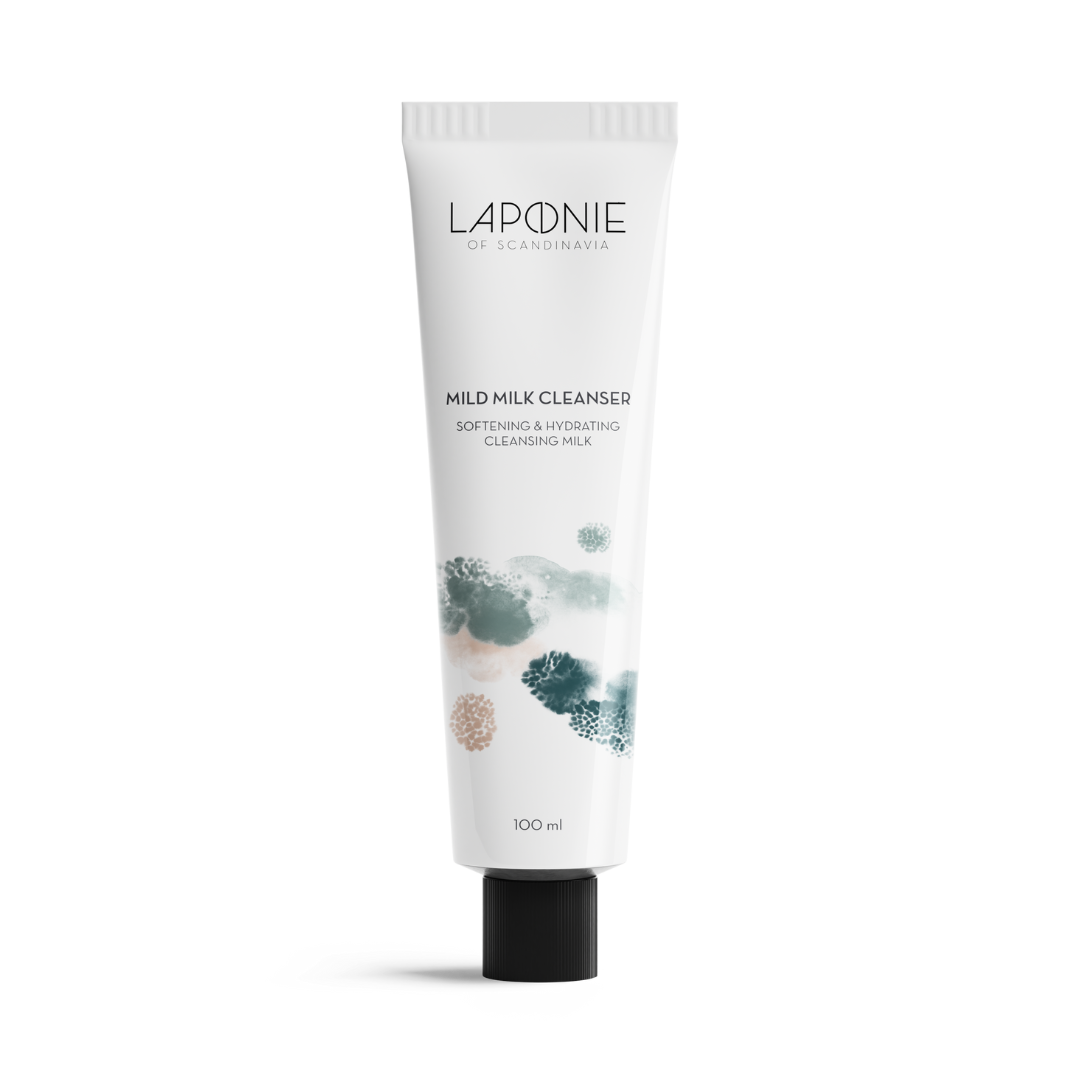
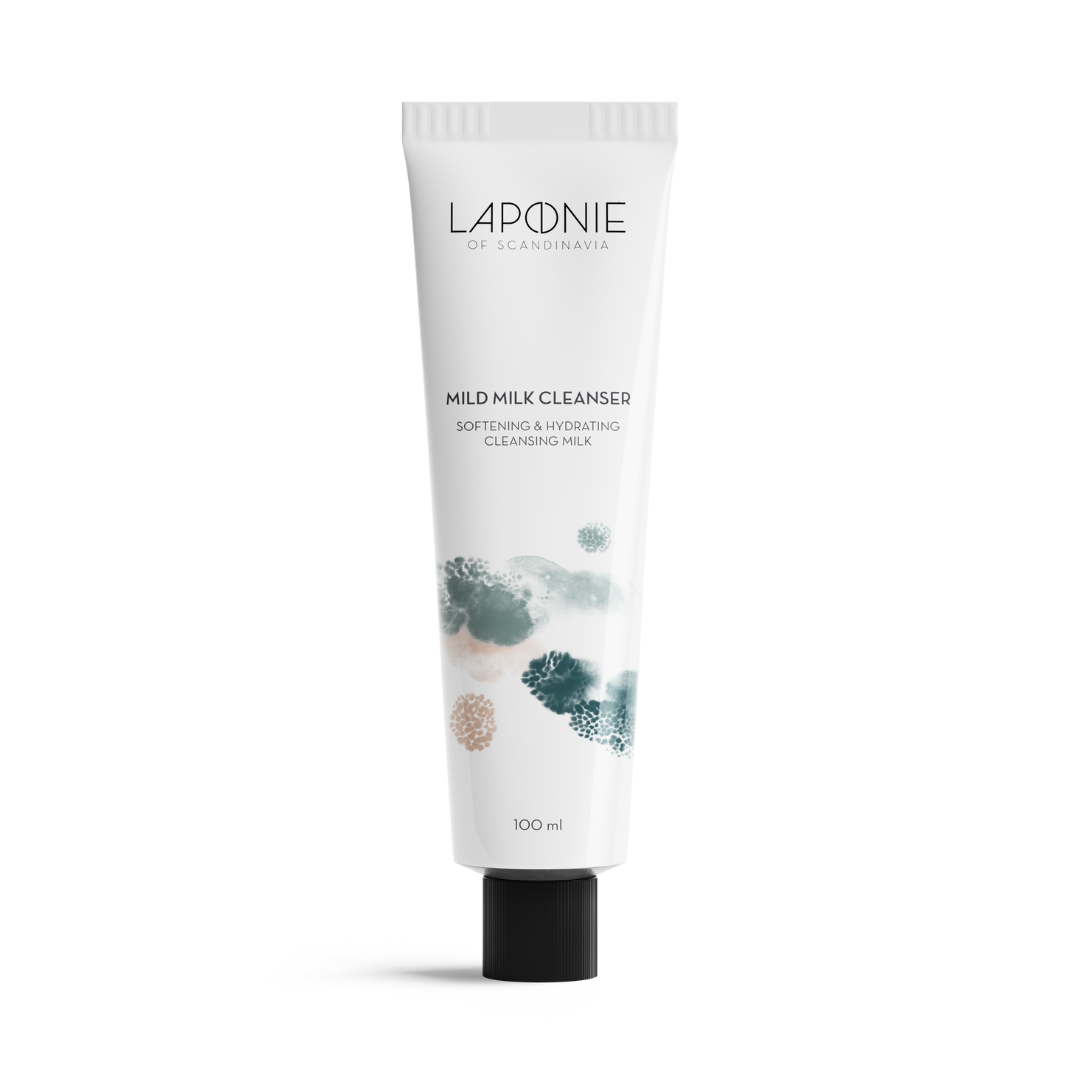
No added fragrance
No added fragrance or essential oils, floral waters, alcohol and sulphates (including SLS).
Formulated for sensitive & problem skin in our own lab
Our owners, CEO Kristina and cosmetic chemist Jaana, formulate all our products in our Helsinki lab, and test them on themselves - both have a long history of sensitive and problem skin.
Gentle & skin friendly preservatives
We've created a unique preservative system for the Milk, to minimise overlap with our other products, using gentle preservatives, primarily organic acids and their salt forms. Check out our ingredient section above to learn more.
Allergy-labelled
All our products carry the Finnish Allergy, Skin and Asthma Federation's independent Allergy-label.
Balanced pH for healthy skin
The Milk has a pH around 5.5 (healthy skin's own pH is slightly acidic, between 4.8 and 5.5) and will not upset or irritate skin.
A minimum of ingredients
The Milk has just 9 ingredients. Formulated with a gentle and plant-based very mild cleansing agent, Swedish canola oil to dissolve impurities and condition skin, plant-based glycerine to hydrate and protect, and xylitol to moisturise and break down harmful bacterial biofilm on skin.

